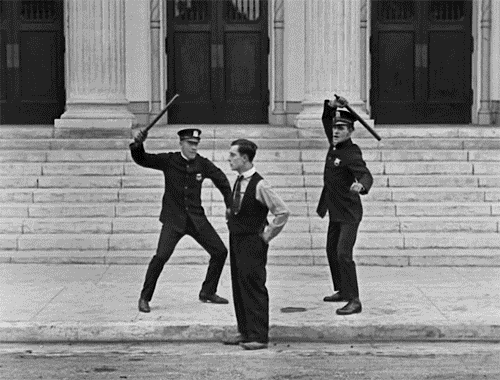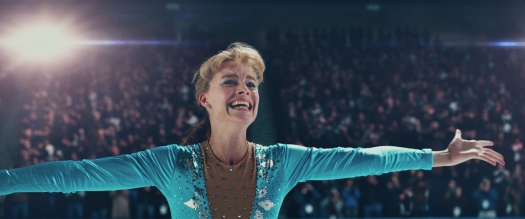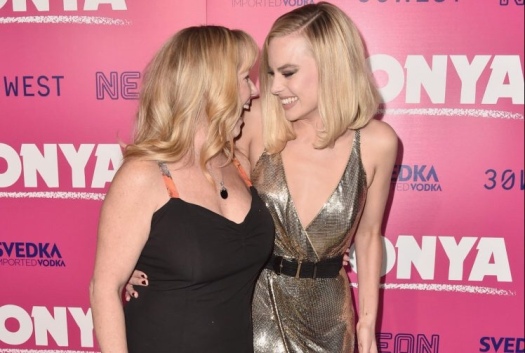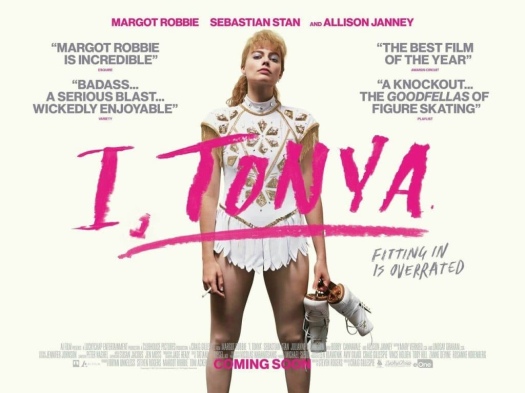It is becoming increasingly noticeable to me that new films released today tend to attract people through intertextuality. Take Marvel films for example, they typically do well in the box office and this is undoubtedly due to the extent of the fan base surrounding it who will commit to going due to their love for other films made within that realm. In a cinematic world full of these sequels, prequels, partner films and other films set out to become a franchise, it must be hard for lone films to reach an audience of the same size. Put it this way, a casual cinema goer is more likely to pay to see a film connected to others they know and like in order to increase the chance of them enjoying it.
In comes Netflix. A wonderful entertainment streaming media that allows you to watch films without leaving your home!
As Netflix grows (and begins its journey to world domination), it is producing and releasing more and more original films. I think the reason Netflix films are able to be successful without the added benefit of intertextuality is the fact you are able to watch them in your own home without having to go to the cinema and pay for the film at the risk that you don’t enjoy it because if you don’t enjoy it you can simply turn it off. In light of the many new Netflix films, and a free month Netflix subscription, I decided to watch a few and see how I liked them. Here they are in order of most enjoyed to least enjoyed.
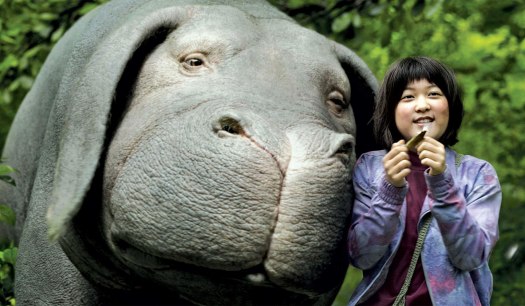
OKJA (Joon-ho Bong, 2017)
Okja tells the story of a young girl who puts her life in danger in order to save her beloved super pig from a multinational company wanting to use Okja to produce high quality meat for consumption.
I thought this film was absolutely incredible; it was touching, gripping, disturbing and very hard hitting to the point where I was fighting back the tears. A couple of the characters were hard to swallow however, not to the point where they were unwatchable. And whilst the film didn’t quite convince me to abandon eating meat, it does now make me feel a lot more guilty when doing so. Definitely one of my favourite films of 2017, I think everyone should watch it.
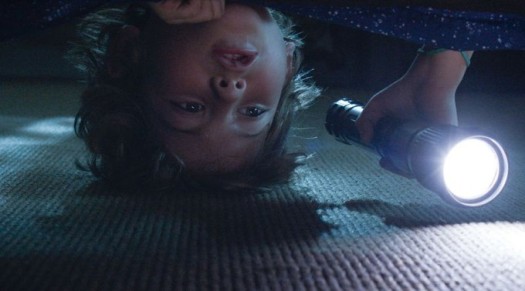
Before I Wake (Mike Flanagan, 2016)
Before I Wake is about a couple who, after loosing their son, adopt an orphaned child whose, unbeknownst to the couple, dreams and nightmares becoming physically real when he sleeps.
This film was recommended to me by a friend and because I’m not a huge fan of horror films I was admittedly hesitant at first. However, I was pleasantly surprised. Before I Wake was incredibly chilling and suspenseful but also complex and imaginative. The leading performances by Jacob Tremblay (one of the best current child actors) and Kate Bosworth were brilliant and really sustained the entire film.
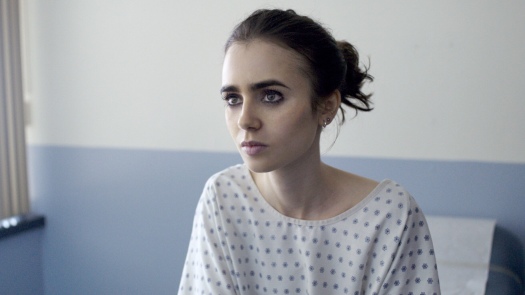
To the Bone (Marti Noxon, 2017)
To the Bone follows Ellen, a young woman dealing with anorexia, as she meets a doctor who, with great difficulty, teaches her how to face her condition and embark on a new journey to embrace life.
Any story about something as hard hitting as an eating disorder is bound to cause a stir, lots of criticisms have suggested the film glorifies anorexia or acts as a trigger for those who are suffering. I could not disagree with this more; the film for me does the opposite of glorifying the disorder. It deliberately causes extreme discomfort in the viewer so that we are presented with the hard-to-except reality of the dangerous nature of the disorder, just as Ellen herself is. I can only speak from the perspective of someone not personally affected by anorexia and I understand how it may cause upset amongst those who are; however, I hold the belief that we have to discuss topics like this in order to widen our knowledge and shine a light on the problems within our society. Whilst there are flaws to this film, it was very moving and left me with lots to think about once it was over.
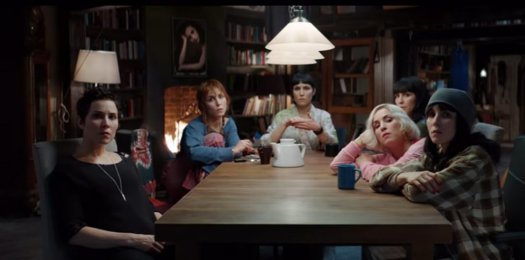
What Happened to Monday (Tommy Wirkola, 2017)
In What Happened to Monday, a set of identical septuplets search for their missing sibling whilst avoiding the government trying to punish them for disobeying the one child policy.
The original idea of this film is one that has been explored before; however, I thoroughly enjoyed the modern twist put on it. One of the most enjoyable things about this film for me was the fascination of how it was made seeing as Noomi Rapace played all 7 of the siblings and it was done incredibly well. There were moments when the film began to loose my interest or following although these were quickly replaced with intense action scenes and partially unpredictable plot twists.




